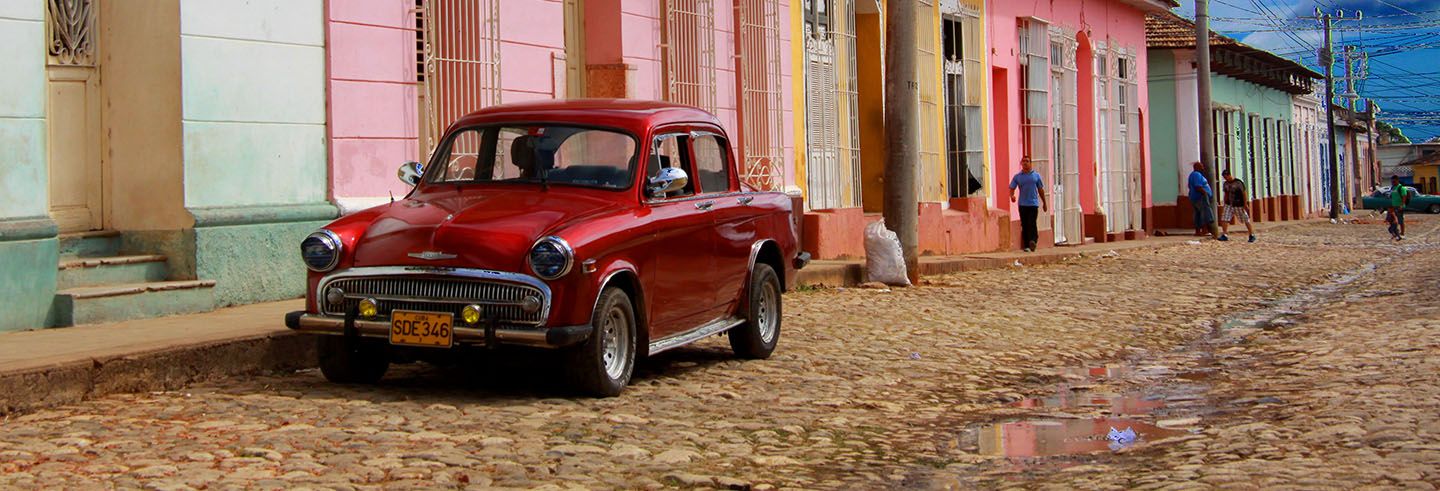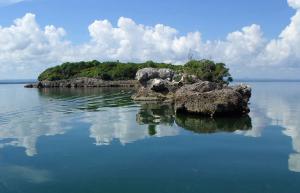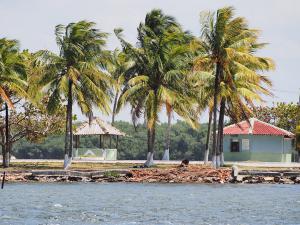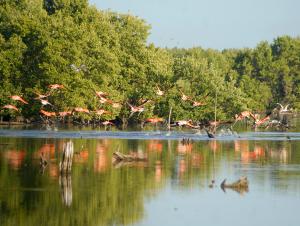

Parque Nacional de Caguanes
The most lively and wildest fauna can be found in the Parque Nacional de Caguanes in Sancti Spíritus, Cuba
The Parque Nacional de Caguanes is located between Sancti Spíritus and Villa Clara, both in Cuba. It is a mixture of aboriginal history, impressive cliffs, scenic beauty and wild fauna and flora. Ideal for nature lovers.
This natural work of art has been declared a Biosphere Reserve by UNESCO. This natural area is strongly protected due to its great importance for the Cuban people.
The Caribbean Sea surrounds this natural place in some points, such as the Bahía del Rosario. Here you will find 14 stone keys about 30 million years old. Undoubtedly, one of the most attractive aspects of this park.
Furthermore, you can also visit the mangroves that are home to an immense variety of impressive fauna. In the south you will also find the famous Ciénaga de la Guayabera, an area brimming with flora and fauna at their most splendid, with streams, forests and much more.
The fauna and flora of this natural art is immense, you will be able to see it with your own eyes more than 200 species of fauna and more than 230 of flora. Among all of them, the fishing bat is especially remarkable, its largest colony being found in the caves of this archipelago. You will also be able to see first-hand the wild fauna that inhabits this area: cranes, flamingos, dolphins...
Within the park there are 14 sites declared National Monuments that you cannot miss.
This natural refuge was home to many indigenous communities over 2000 years ago. It consists of 12 km of underground caves, making it one of the most important archaeological sites in the country. Serving as proof are the 20 prehistoric engravings that you can see there. The natural structures, on the other hand, are also worth seeing. Its innumerable stalactites, stalagmites and columns inside its calcareous domes stand out.
In this beautiful natural place you will also find the Ermita de la Virgen de la Caridad del Cobre (Shrine to the Virgin of Charity), proclaimed by the Pope Benedicto XV patron of the Cuban culture in 1916. This settlement, which serves as a base for this small sanctuary, was originally occupied by pre-Columbian people. In the 19th century, it was used as a hideout for pirates, smugglers and corsairs, until it was occupied by charcoal makers in the 20th century.
Interactive map:
Trinidad
What to see:
- Cerro de la Vigía
- Iglesia Mayor de la Santísima Trinidad
- Topes de Collantes
- Salto del Caburní
- Sendero la Batata
- Valle de los Ingenios
- Torre Manca-Iznaga
- Sierra de Escambray
- Iglesia de Santa Ana
- Parque Natural El Cubano
Beaches:
Museums:
Sancti Spíritus
What to see:
- City of Sancti Spíritus
- Puente del río Yayabo
- Iglesia Parroquial Mayor
- Aturas de Banao
- Parque Nacional de Caguanes
- Parque Serafín Sánchez
Museums:
Other nearby destinations:
Why "Cuban Travel Agency"?
"Cuban Travel Agency" is part of the Visitar Cuba project, an organization of Cuban agencies whose objectives are:
- ✓ Disseminate Cuba, its culture and its heritage.
- ✓ Promote sustainable tourism.
- ✓ Support the local economy, prioritizing direct contact with Cuban agencies.
- ✓ Offer budgets without commitment and without cost, from the hand of Cuban experts.
Travel agencies and Tour Operators
If you are an agency or tour operator and you are looking for help to create trips to Cuba, trust our expert hands, we offer special prices.
© www.CubanTravelAgency.Org - All rights reserved.





